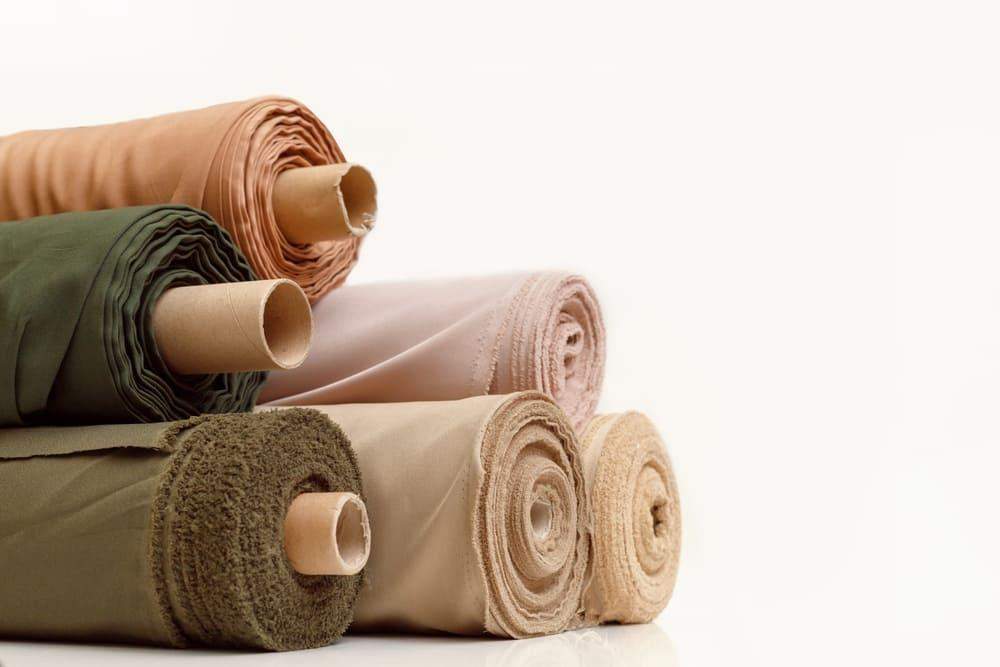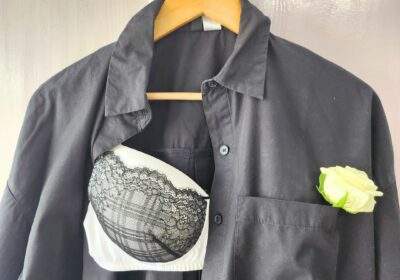
The Pros and Cons of Natural vs. Synthetic Fabrics
What are natural fabrics?
Natural fibers are made from plants, animals, and minerals. The raw natural materials are spun into yarns and knit threads or woven into natural fabrics. There are two categories of natural fibers plant-based and animal-based. Animal-made fabrics are silk fabrics and wool fabrics.
What advantages of natural fabrics?
Absorbent
Natural fabrics have high absorbency and are suitable best for hot weather climates. Both the animal and plant-based fabrics have a great affinity for water. This makes natural fibers a great option for towels and bed sheets. Due to high absorbency, cotton fabric is well known and considered best for hot climate conditions.
Eco friendly
Natural fibers have a smaller environmental effect than synthetic fabrics and dont use any kind of chemicals during the process. Natural fabrics take a lot of time but are found great for the environment and considered best for your skin and health.
Durable
Due to the structure of cellulose, which makes natural materials, most plant-based fibers are very strong. Animal-based fibers like wool and silk are also strong. Linen is a strong and durable fabric made from the flax plant. Linen is hypoallergenic and found great for your skin and saves from fabric allergies.
Disadvantages of Natural fabrics
Expensive
The material produced by natural fabrics are quite expensive as synthetic fabrics can be made easily by machines and other textile production.
Shrink
Natural fibers can shrink easily due to aggressive washing.
Tenacity
Natural fabrics are not available in medium tenacity and high tenacity.
What are synthetic fibers?
There are different kinds of materials used for producing synthetic garments. Synthetic fibers have become popular since the mid-20th century and are expected to dominate the market due to the increasing popularity of sportswear. Polyester, acrylic, spandex, and nylon are some commonly used synthetic fibers. The synthetic fibers market is expected to reach $177 billion by 2030 and demand for materials for car interiors is a significant factor driving the global market for synthetic fibers due to their versatility and strength.
Advantages of synthetic fibers
Durability
Synthetic fibers are highly durable and can withstand wear and tear over a long period. They are resistant to many chemicals and dont easily degrade over time. This makes them ideal for use in products that are subject to heavy use such as clothing, carpeting, and upholstery.
Affordability
Synthetic fibers are less expensive to produce than natural fibers like cotton fabric making them much more affordable for consumers. This cost advantage helps in the wide use of synthetic fabrics from clothing to furniture to industrial usage.
Variety
Synthetic fibers can be used to produce a wide range of textures, colors, and finishes. This allows manufacturers to create products that meet a broad range of consumer preferences and needs.
Water resistance
Some natural fabrics are water resistant and can be designed waterproof so they are great for outdoor and rain gear.
Disadvantages of synthetic fabrics
Does not absorb moisture
Synthetic fabrics do not absorb sweat and trap heat in our bodies. These are not great for skin in a warmer climate.
Rough Feel
Synthetic fabrics may give a rough feel which makes it suitable for underwear and pajamas.
Skin allergies
Synthetic fabrics are made from chemical-based material and often can lead to skin allergies in a warm climates. If you have skin allergies, you should look for natural fabrics or semi-natural fabrics for the best results on skin allergies.
Perspiration
These fabrics fail to absorb the sweat; thus, the warmer feel discomfort in a hot climate.
Difficult to sew
Manmade fabrics are a little difficult to sew. Seams dont hold tight as the natural fiber fabrics. So, stitching charges were higher and this is often compensated with durability and wear and tear properties.
Conclusion
Both natural and synthetic fabrics have their own advantages and disadvantages. Natural fabrics such as silk and cotton are sustainable, comfortable, and breathable but on the other hand, can be expensive and may shrink or wrinkle easily. Synthetic fabrics such as nylon or polyester are durable, easy to care and affordable but they are not much breathable and environmentally friendly. You have to choose which qualities you need from both fabrics and which disadvantages can be harmful for you later. So, by weighing both natural and synthetic fabrics, you can make an informed decision.















